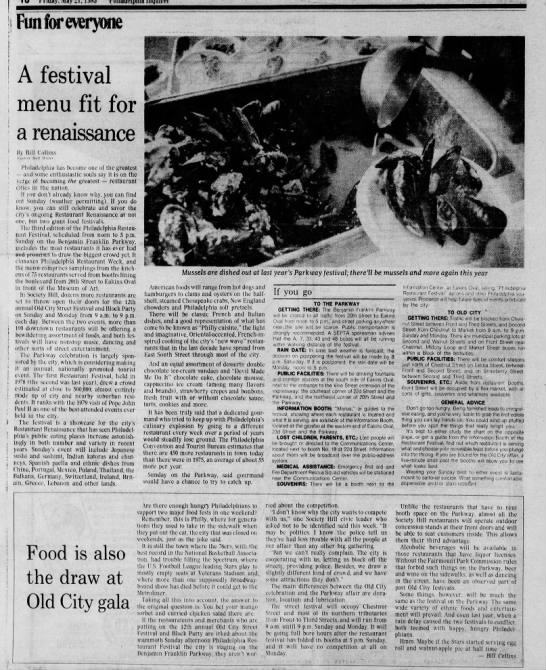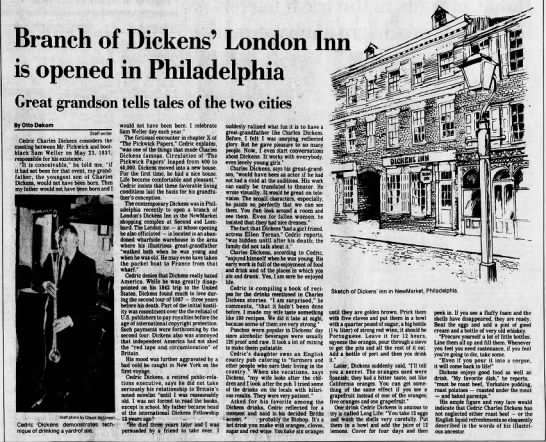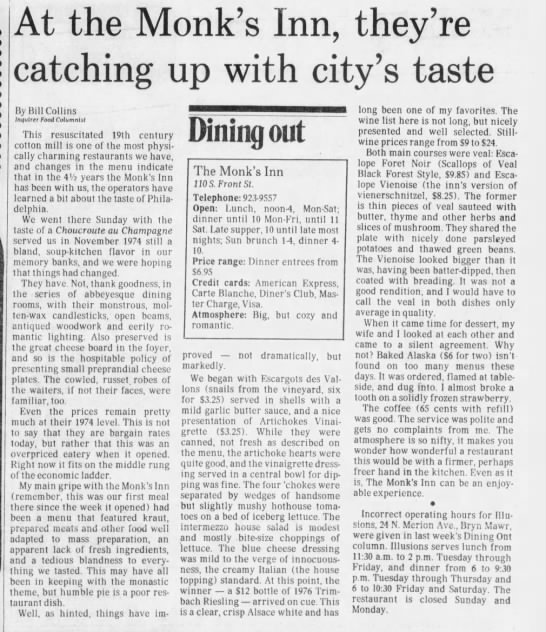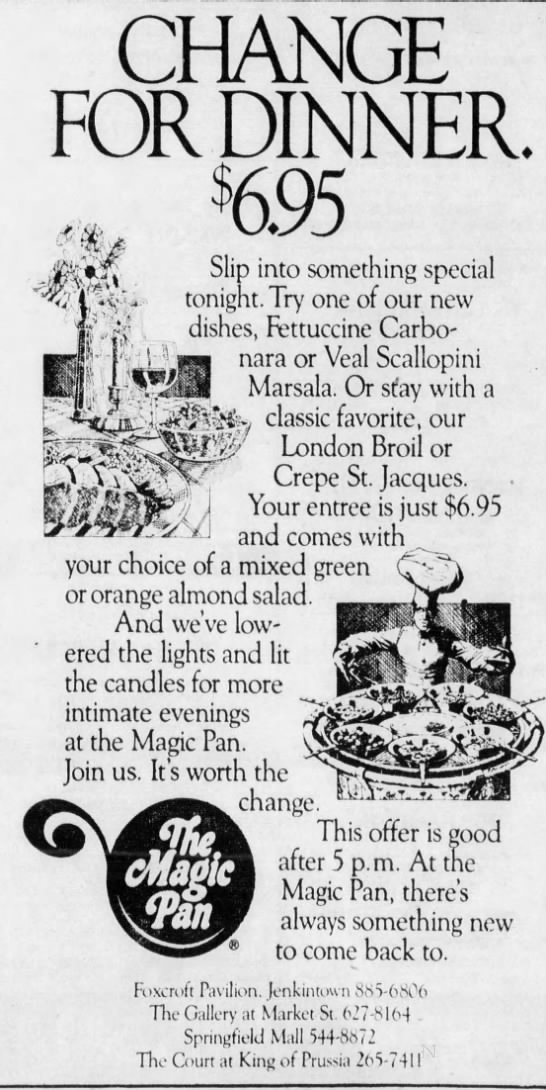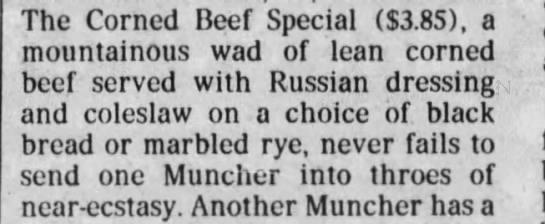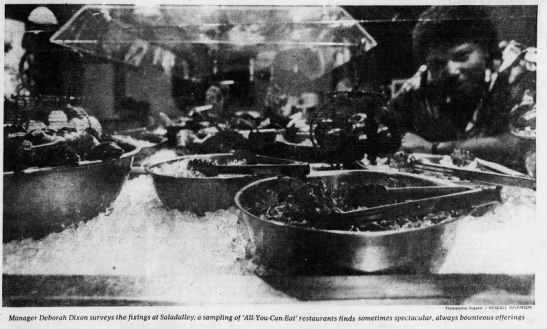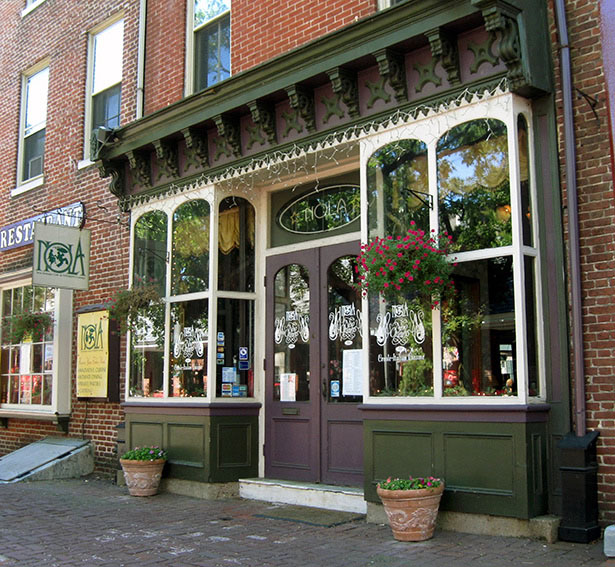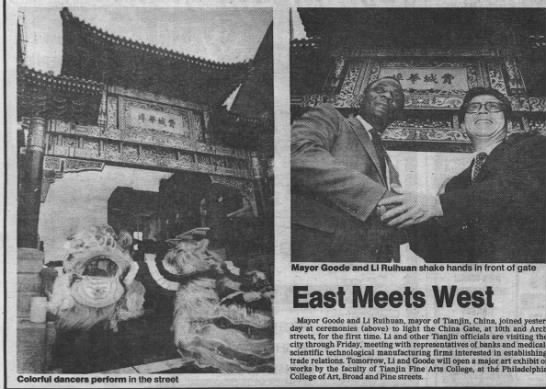Two springs ago I woke up and thought, I want a yellow bedroom. I decided to find yellow fabric for curtains and a quilt.
I found the fabric online. I decided to hand applique rose blocks.
This late winter a local woman machine quilted it.
And then I choice a neutral paint color because I will switch quilts around. This week we painted the bedroom and rearranged the room. All the nail holes were spackled and sanded. It's a fresh start!
Michigan is reopening, with preventive measures. I am being deluged with notices that all my cancelled doctor appointments can be rescheduled. Although the 'curve has been flattened,' it is hard to go back to 'normal' after almost four months of staying home and safe.But we are going to visit our son and his girl and their critters! We will visit outdoors. Recently they both tested negative. Since we last saw Sunny she has grown up and was spade.
 |
| Hazel and Sunny share a quiet moment |
Our weekly quilt group meets at the community center which is still closed. This week our oldest member and founder suffered a stroke. Such sad news when we must be apart.
I have completed 78 books so far this year.
New to my egalley TBR shelf:
- The Violence Inside Us by Senator Chris Murphy
- Pew by Catherine Lacey, a novel
I won Hieroglyphics by Jill McCorkle from LibraryThing.
I won the egalley Migrations by Charlotte McConaghy from the publisher.
Reading now:
- The Splendid and the Vile by Eric Larson, a Goodreads win
- Democracy, If We Can Keep It, a history of the American Civil Liberties Union, from NetGalley
- Estelle by Linda Steward Henley
 |
I accepted two from Algonquin that are coming up: Miracle Country by Kendra Atleework and The Lives of Edie Pritchard by Larry Watson. Both are fantastic reads. I signed up for one more and am waiting to hear back.
These past days have been so disturbing with images of police violence, starting with George Floyd. But there have been snippets of good, too, and hope for change.
All over social media book publishers and writers have stood up for social justice and an end to systemic racism.
Reading lists are being shared. Here are books I have reviewed over the years. Click on the titles to access my review.
Nonfiction
I Can't Breathe by Matt Taibbi
Detroit 1967 : Origins, Impacts, Legacies by Thomas J. Sugrue, Joel Stone, et. al.
The Arc of Justice by Kevin Boyle
Broke: Hardship and Resilience in a City of Broken Promises by Jodie Adams Kirshner
Grace Will Lead Us Home: The Charleston Church Massacre and the Hard, Inspiring Journey to Forgiveness by Jennifer Berry Hawes
One Mississippi, Two Mississippi: Murder, Methodists, and the Struggle for Racial Justice in Neshoba County by Carol V. R. George
TruevineTwo Brothers, A Kidnapping, and a Mother's Quest: A True Story of the Jim Crow South: by Beth Macy
Quilt Related:
An American Quilt by Rachel May
And Still We Rise by Carolyn L. Mazloomi
Visioning Human Rights in the New Millennium: Quilting the World’s Conscience by Carolyn L. Mazloomi
Biographies, Autobiographies, and Memoirs
Mighty Justice by Dovey Johnson Roundtree
My Live My Love My Legacy by Coretta Scott King with Rev. Dr. Barbara Reynolds
Song in a Weary Throat: Memoir of an American Pilgrimage
by Pauli Murray
Lighting the Fires of Freedom: African American Women in the Civil Rights Movement by Janet Dewart Bell
Just Another Southern Town: Mary Church Terrill and the Struggle for Racial Justice in the Nation's Capital by Joan Quigley
Odetta by Ian Zach
Fannie Lou Hamer: America's Freedom Fighting Woman
by Maegan Parker Brooks
Motherhood So White by Nefertiti Austin
Redlined by Linda Gratz
Convicted: A Crooked Cop, an Innocent Man, and an Unlikely Journey of Forgiveness and Friendship by Jameel McGee and Andrew Collins with Mark Tabb
Sing For Your Life by Daniel Bergner
Reading With Patrick by Michele Kuo
Just Mercy by Bryan Stevenson
The World According to Fannie Davis by Bridgett M. Davis
The $500 House in Detroit Drew Philp
Daisy Turner's Kin: An African American Family Saga by Jane C. Beck
His Eye is On the Sparrow by Ethel Waters
Fiction
An American Marriage by Tayari Jones
The Turner House by Angela Flournoy
The Mercy Seat by Elizabeth H. Winthrop
A Boy in His Winter by Norman Lock
New Boy by Tracey Chevalier
We Hope for Better Things by Erin Bartels
Children's Books
The Colored Car by Jean Alicia Elster
The Story of Harriet Tubman by Christine Platt













